Making PUBG's desert map
Our cover feature from mid-October explores the rise of PUBG and the making of the next map.
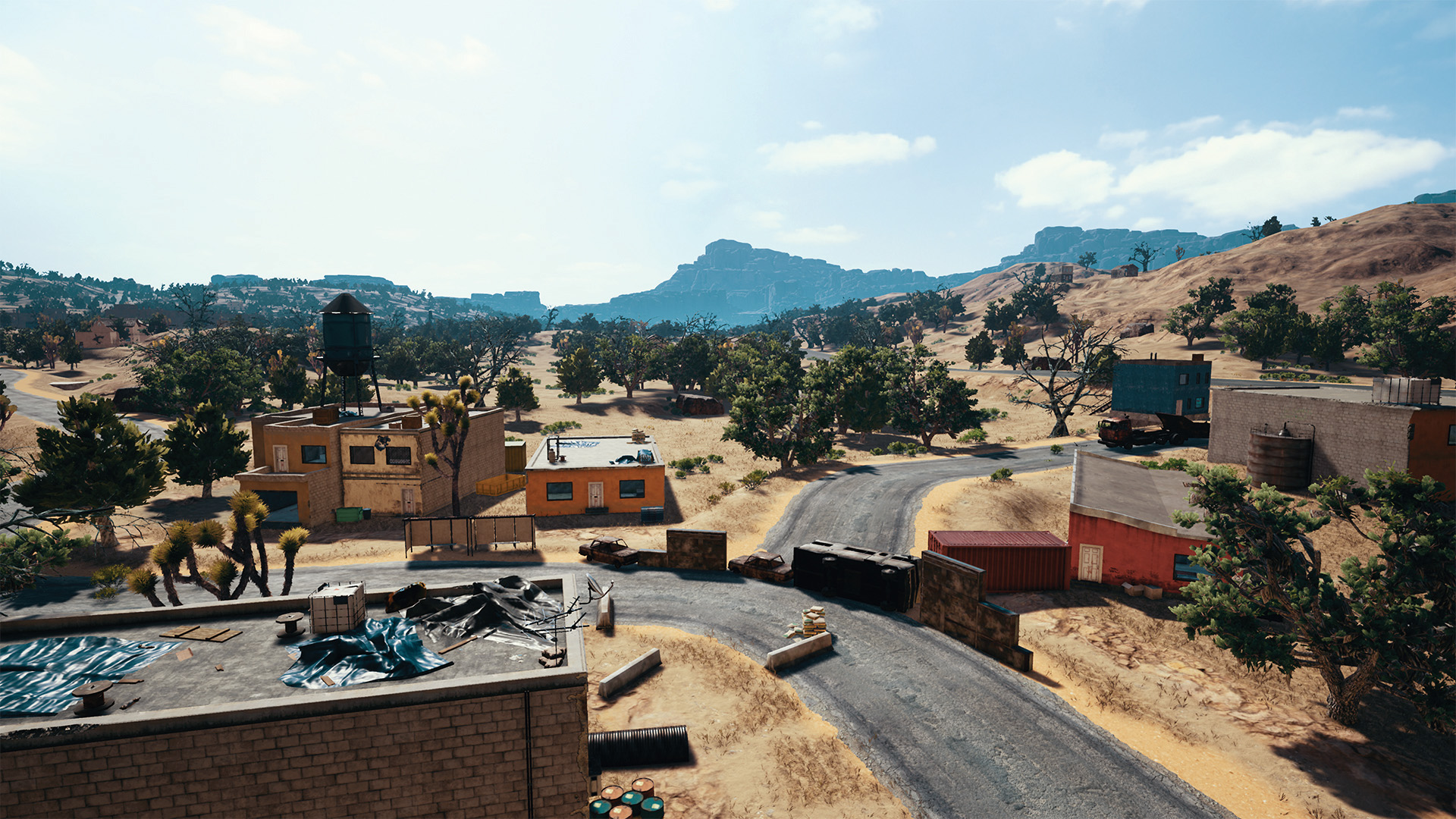
This feature was originally published in PC Gamer magazine in mid-October. As such, the stats here are out of date, but we've kept them here for context and ease-of-reading in the article—PUBG's peak concurrent users now exceed 2.5 million per day. It's fair to assume the desert map has come a long way since our hands-on below, too. If you enjoy this feature, you can currently subscribe to our magazine for less in our holiday sale.
Every single second in Asia, a new solo match of PlayerUnknown's Battlegrounds begins. At peak times, that number rises to ten new games per second. With a concurrent player count that has recently swollen to over 1.5 million, an unanticipated problem has arisen for the unanticipated smash hit. PUBG's cloud server service simply doesn't have enough servers to accommodate the Early Access battle royale shooter's massive and still-growing playerbase.
I'm given this information during a visit to the offices of Bluehole, PUBG's developer, in South Korea. Over the two days I've been here, I've twice tried to interview platform team lead Seungwoo Shin, who is in charge of PUBG's servers. Whenever we've attempted to talk, he's been simply (and understandably) too busy. We finally get to speak for about 15 minutes on my second day, and throughout the interview I feel mildly guilty for cornering him in a conference room: while soft-spoken and incredibly polite, Shin has the restless body language of a man who knows that he is desperately needed elsewhere.
Shin tells me through interpreter Sammie Kang (PUBG's marketing and events manager) that he only came into the office once every few days as a consultant when he began working on PUBG. As Bluehole's last-person-standing shooter quickly grew to become one of the most-played games in the world, Shin's somewhat casual job became, shall we say, a bit more demanding.
"So, now our team has to come into the office every weekend and manually monitor all the servers," Shin says. "It would be done automatically, usually, but we have to monitor server capacity very closely and make sure the servers are available for certain regions if there's a great increase in certain areas."
Shin also tells me briefly about his history in the tech industry. He attended KAIST, the Korea Advanced Institute of Science and Technology (basically, Korea's equivalent to MIT). Early in his career, he founded an IT company, then took a long break. He returned to work to become an engineer for Bluehole Ginno Games' MMORPG Devilian, then he took an even longer break, for two years, which he spent living in Australia.
"How long of a break will you need after Battlegrounds?" I ask.
The biggest gaming news, reviews and hardware deals
Keep up to date with the most important stories and the best deals, as picked by the PC Gamer team.
Shin doesn't wait for Kang to translate, and he answers in English, laughing softly, "Forever."
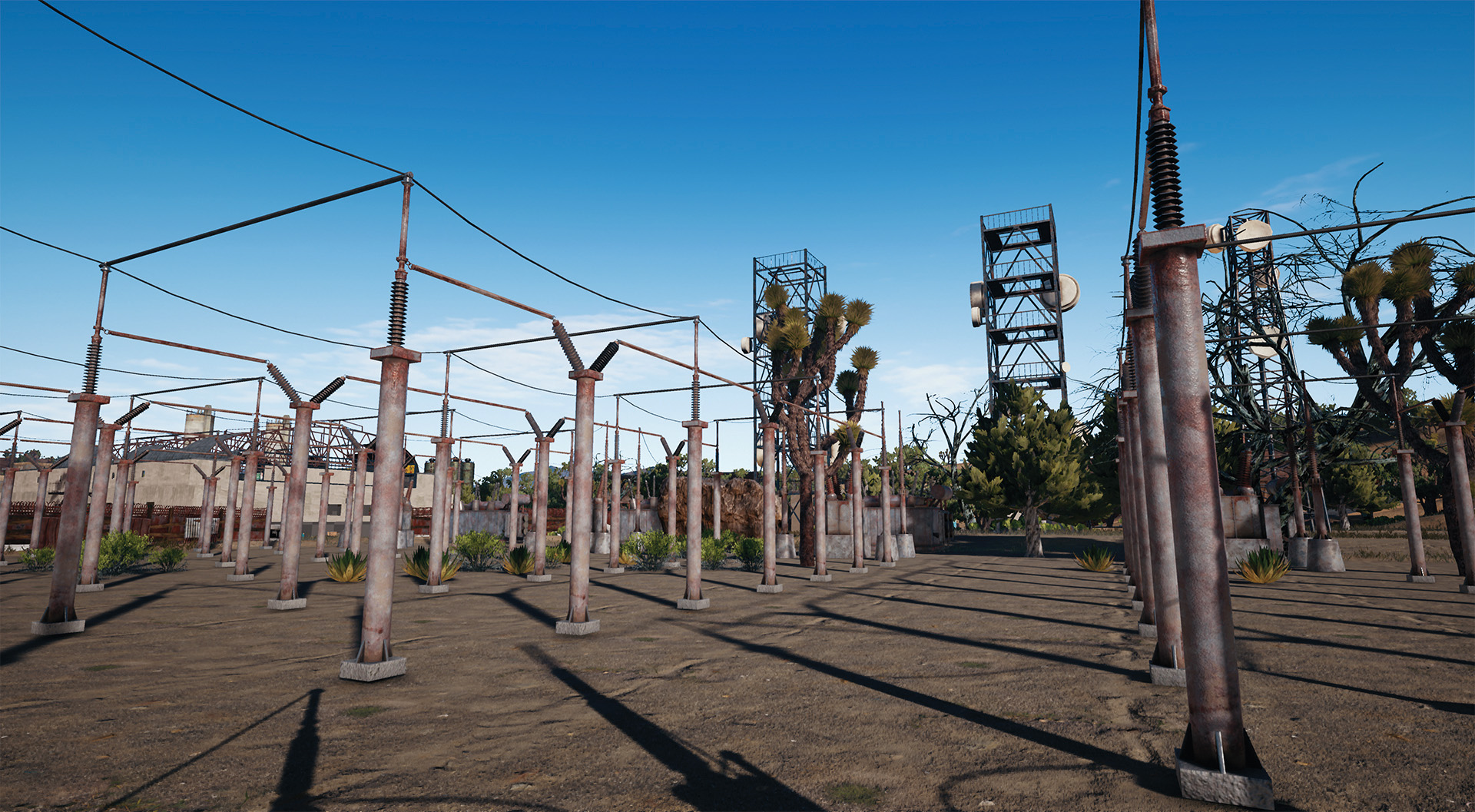
First man standing
Shin isn't the only one at Bluehole who attended KAIST. Chang Han Kim, CEO of the newly formed PUBG Corp, also attended, acquiring a PhD in computer science (Kim is also the one who invited Shin to work on both Devilian and PUBG). Kim, more commonly called CH, has been in the gaming industry for over 16 years. "I'm not someone who started this because I was in love with games," he says, with Kang interpreting. "I'm more like a startup entrepreneur, that's how I started my career, I was a founder of different companies in the past." Those 16 years, as he describes them, were not successful. "I kept failing," he says. "And I was desperate and miserable after failing for 16 years and I was, like, maybe I should stop making games. I really should give up."
While CH was preparing to launch MMO Devilian in North America with publisher Trion, he discovered Steam and Twitch. At the time, he says, everyone in Korea was focused on mobile games. But CH saw how many users were on Steam's platform, and examined its Early Access programs, as well as other crowdfunding tools like Kickstarter. He decided to try again. "I don't mind failing again, so what about we try something new?"
"No one was making a serious PC game here, and no one in America knew about us. We were just a small Asian company that's based in Korea, and I thought if we had this can-do attitude and not be afraid of failing, we will learn something valuable."
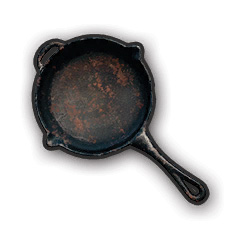
Two incidents led to PUBG's iconic bulletproof frying pan. Brendan Greene wanted to add the pan to the game as a melee weapon, a homage to the frying pan in the 2000 Japanese film Battle Royale, the inspiration for the game mode. The only issue? The film didn’t feature a frying pan: Greene had misremembered.
As for the bulletproof nature of the pan: that, too, was something of an accident. Programmer Marek Krasowski set it up as a test one day just for fun. A few weeks later, the bulletproof pan was mistakenly included in an update that made it into the game. Fans discovered this and began posting videos of it. Krasowski read about it on the PC Gamer website.
The puzzle pieces began to come together: the popularity of Steam and Twitch, and the rise of survival games in Early Access following DayZ. Plus, Brendan Greene, creator of battle royale mods for Arma 2 and Arma 3, had finished working on H1Z1: King of the Kill and returned to Ireland.
"I looked deeper into it and came to realise [H1Z1] wasn't really [Brendan's] project," CH says. "He helped bring King of the Kill to H1Z1, but he was a consultant for [about] a month or so. They had this base game which is a zombie survival, and King of the Kill was just a mode on top of it, so it wasn't [Brendan's] kind of battle royale. And he still wanted to do something more that could help him create the battle royale he wanted, and I wanted to create a true standalone battle royale that [was] made from scratch, and was solely focused on creating that battle royale experience from start to end."
The rest is—and continues to make—gaming history, as PUBG keeps shattering records and racking up milestones seemingly every few weeks. With over 13.5 million copies sold (20 million in the time since publication—ed), and PUBG climbing the Steam charts to overtake every other game's player counts (including Dota 2's). Greene sums up Battlegrounds' rise: "It's been a crazy year.
"When I first had my interview here with the management," Greene says, "my job interview, essentially, they said to me, 'How many copies do you expect to sell?' and I kind of just said, 'Oh, a million, month one.' And that was my own confidence in the game mode. I thought it would do well. But I didn't expect the success we've seen. I don't think anyone in here expected it. And it's been a hell of a ride."
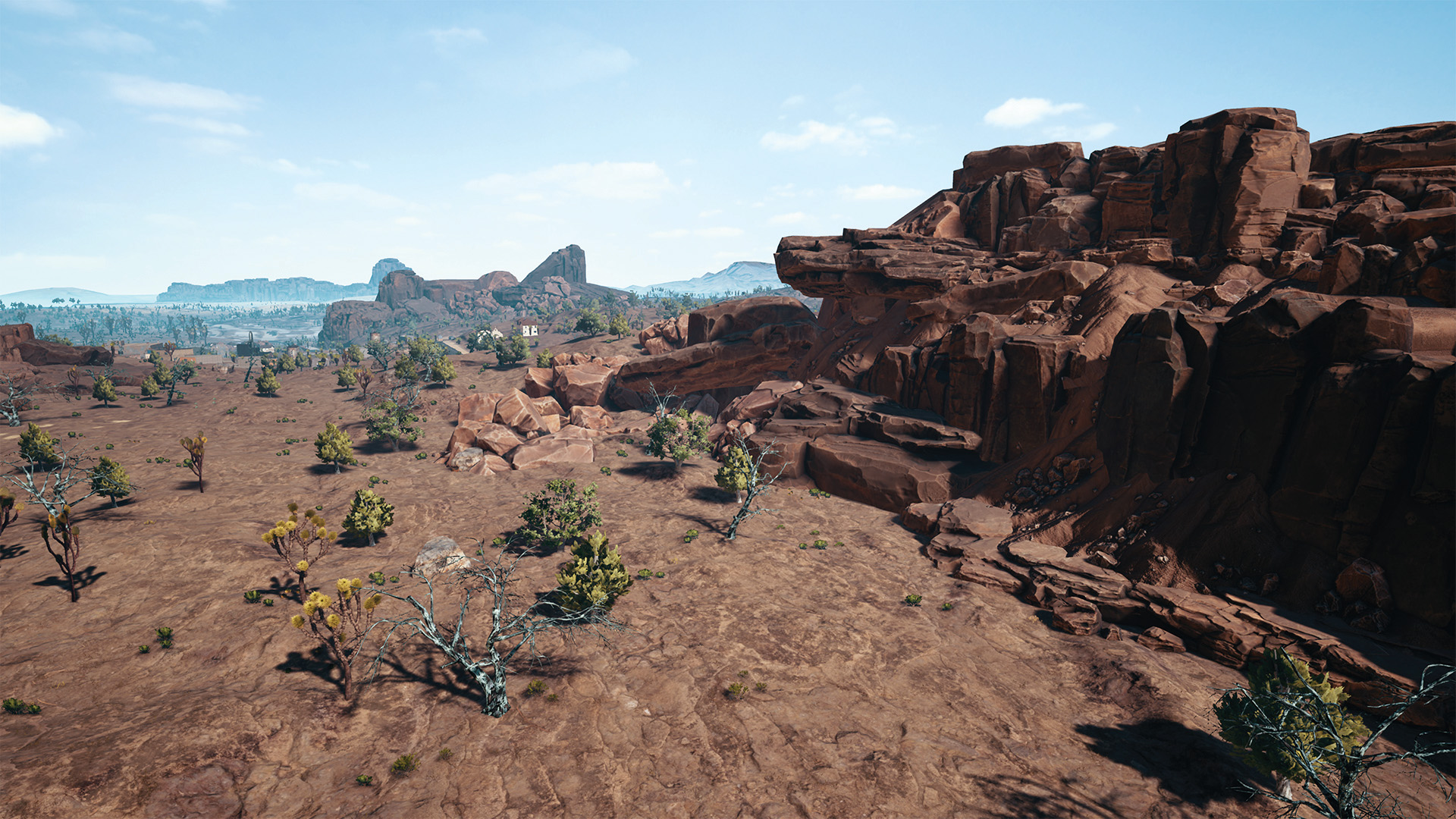
"We never had numbers as our goal, and success wasn't our goal at all when we first started," CH says. "I told the team, if we achieve the goals, the numbers will follow us, the success will follow afterwards, and our goal was to make the best battle royale—our vision when we first started this.
"Our goal was to deliver PC 1.0, fully release it by the end of this year and deliver it to our customers. That was our goal. And I keep telling it to our team, and I think that's what keeps them motivated and that's why they don't really care about numbers and they can still be hard at work trying to meet that goal."
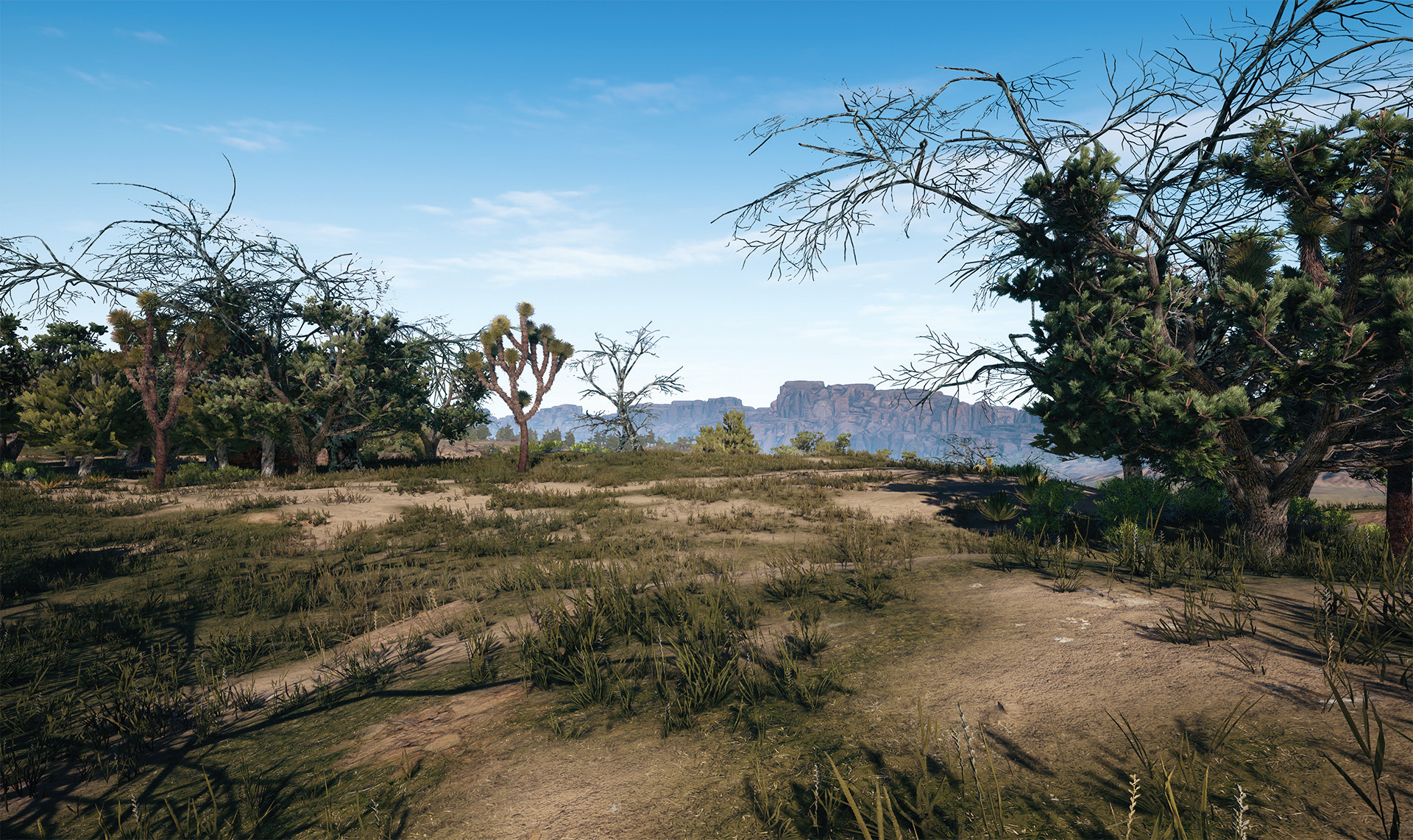
Part of that vision for PUBG's exit from Early Access is the arrival of a new desert map, the second planned arena for Battlegrounds. The map is a work in progress, with some textures, features and even entire locations missing: a large city has been removed from the build I'm touring until it's better optimised, and the zone marked for a military base is currently barren. What is available, however, feels like a natural fit for PUBG's looting and shooting. Far from the barren sandscape I'm half-expecting as I become (I'm told) the first person outside Bluehole to set virtual foot inside it, I instead find a sprawling battle arena dotted with desert trees, cacti and a surprising number of buildings. It's immediately noticeable how much more variation there is to the terrain than in Erangel, PUBG's current map. There are hills, rises and ditches in the landscape, which create lots of opportunities for cover from sniper fire or, alternatively, convenient places to stage an ambush. I'm told by art director Tae-Seok Jang, who I chat with over Skype—it's a little odd that I have flown from California to South Korea and wound up talking via video with Bluehole's new office in Madison, Wisconsin—that the varied terrain will make a difference not just for those running around in PUBG, but also those driving.
Despite the desert environment, boats will be in play.
"It should feel different and difficult when you're driving your vehicles on different parts of the world," Jang tells me, with Kang interpreting. "So, we really want to create a unique experience on our new map, so when you're actually driving off-road it feels like it's realistic and different, so we want to really pursue that.
"On top of that, when you use a clean paved road you'd be able to move faster, but you should be exposed more to your enemies, so we really want to take that into account. And when you're in bumpy environments, you should be able to find cover pretty easily, but you're taking a shortcut to get somewhere, so it should be difficult to drive."
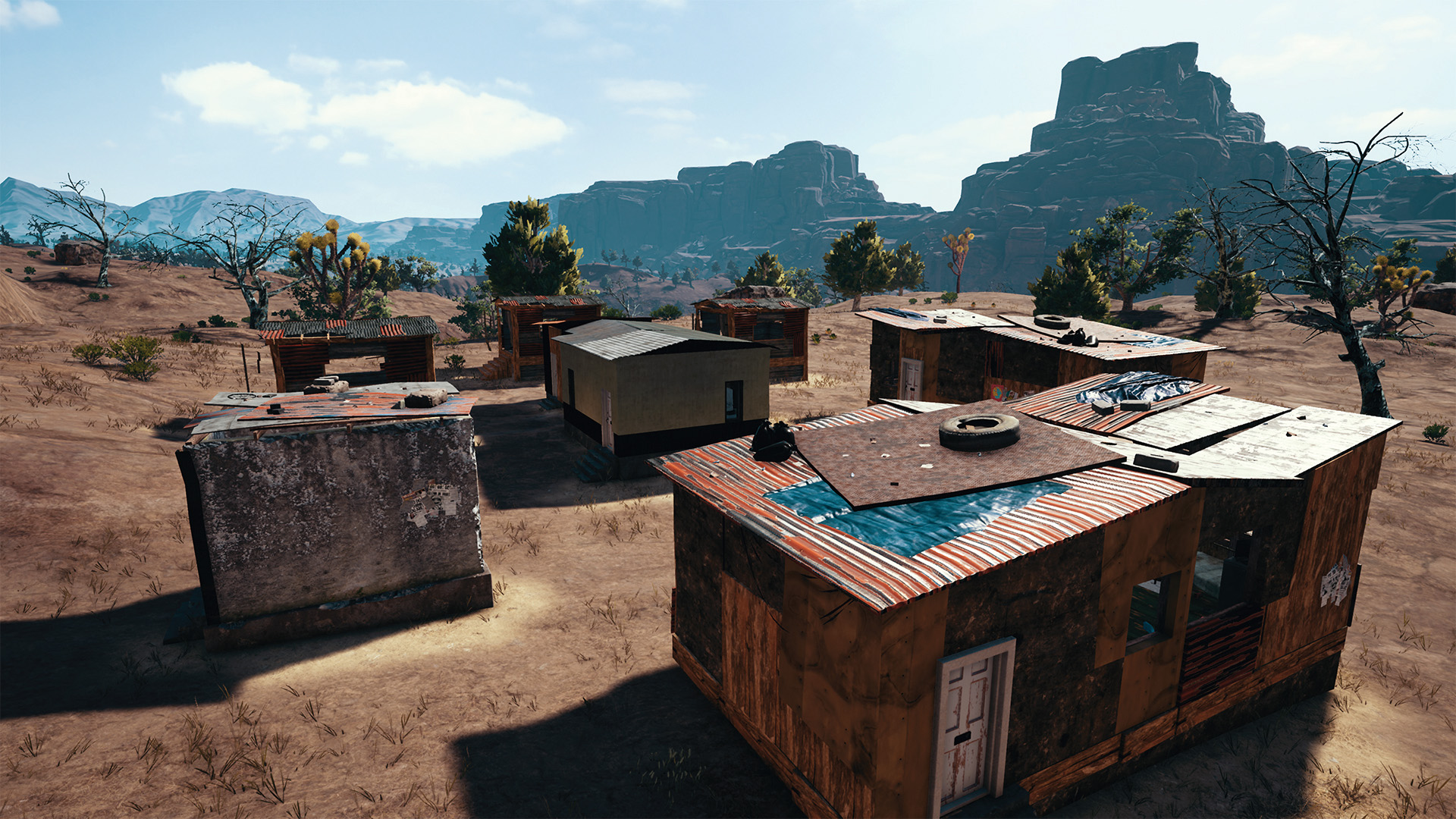
It does feel, in my limited time on the new map, like there is a real difference: going off-road feels like a bumpier experience, with less solid control over the vehicles than while driving on terrain in the original map.
"But it really depends on which vehicle you have, so you should be able to make a choice, which vehicle you prefer for your strategy. Like, some vehicles will be more optimised for clean roads, some will be more optimised for off-road driving."
I'm not playing a match on the desert map (which at this point has not even been named), I'm just exploring, and with developer tools enabled I can also enable flying (complete with my character extending a single arm in front of him, like Superman) to quickly speed to distant locations—especially useful since, even with the map not yet complete, there is still the blue circle of death closing around me.
DayG
With Mexico serving as a source of inspiration for the map, it makes sense that I eventually find a colourful wrestling arena, sure to draw a number of fistfights and melee engagements when players get their hands on it. I also come across a prison, though the land it's situated on may be removed in favour of water: the river, currently snaking around the edges of the desert, may be replaced with ocean to the eastern and southern sides of the map, reminiscent of Chernarus from Bohemia's Arma and DayZ. Either way, despite the desert environment, boats will be in play.
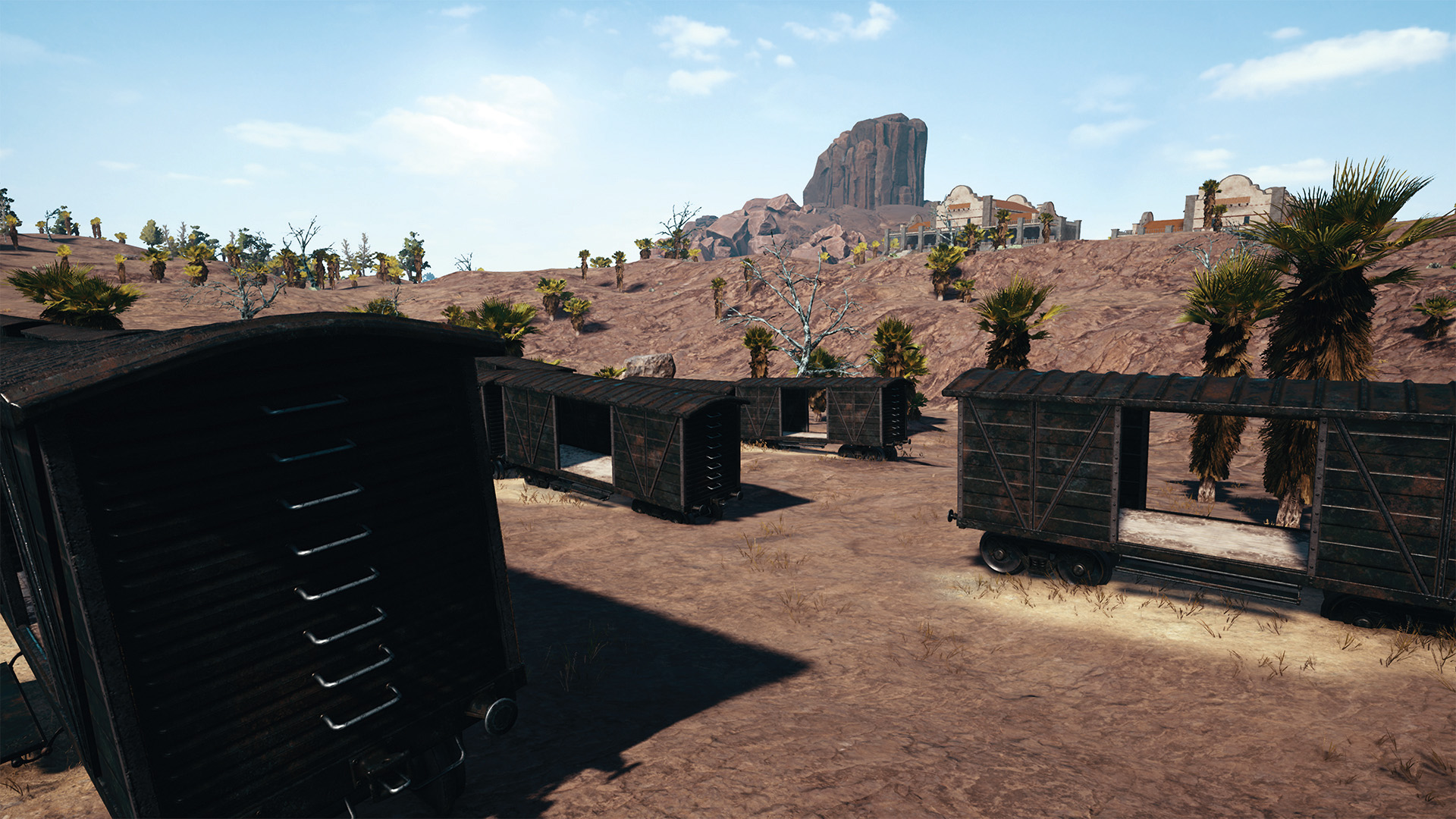
My favourite spots to stop flying and begin running again are three ancient meteor impact craters with small towns inside them, abandoned shops and homes built right on the sunken crater floor. One such town, with more echoes of DayZ, sports the still-burning wreck of a crashed plane. Even with no opponents on the map with me, I can anticipate the tension of looting the buildings in these craters, eyes constantly scanning the high ridge that circles the town for the movement of opportunistic snipers. Even better, I imagine, will be when the blue circle happens to close on one of the crater towns at the end of a match, giving the advantage not to the players peering down from the ridge but to those already hunkered somewhere inside one of the buildings.
"When I first started making battle royale back in Arma 2," Greene says, "I had four maps that sort of randomly rotated, and you never really knew which map you were playing on. The idea was that the more maps you have, the more you're testing the player because they can't remember every detail about the map." I point out that players of CS:GO, for example, are often happier sticking with one map, like de_dust2, playing it for years on end until they've memorised the layout, the geometry, every route and feature and quirk, until they can play it essentially on autopilot.
"That's why I created battle royale in the first place," says Greene. "Because what I thought was like, with CS:GO, you know every pixel on the map. And for me, battle royale was set up to test a player in the moment. And it wasn't reliant on their knowledge of every pixel on the map. You have to be the better player.
"Yes, players like to be kept in a comfort zone. 'I love this map because I know it backwards.' And the whole idea behind the battle royale game mode is to take them out of their comfort zone, and kind of make them think, and make a game hard, basically, for them, which I think we've shown [with PUBG] that players like hard games."
Desert storm
I ask both Greene and Jang about possibilities for the future of the desert map. While PUBG has had foggy weather added recently, sandstorms would feel much more appropriate here. The dusty setting dotted with cacti also gives the map a real cowboy feel. Might we see six-shooters instead of AK-47s? Instead of travelling the map in cars, how about on horses?
"So our [action and gunplay lead] Pawel [Smolewski] really wants to do that," Jang says in regard to horses. "And there are a lot of Western movies that are based on desert areas, so we would love to see places where you think, 'Oh, you could make a western movie in this area,' so the sky's the limit. We'd love to see that and that is something players would love to see. So, who knows?" There's a laugh. "Pawel wants to do it."
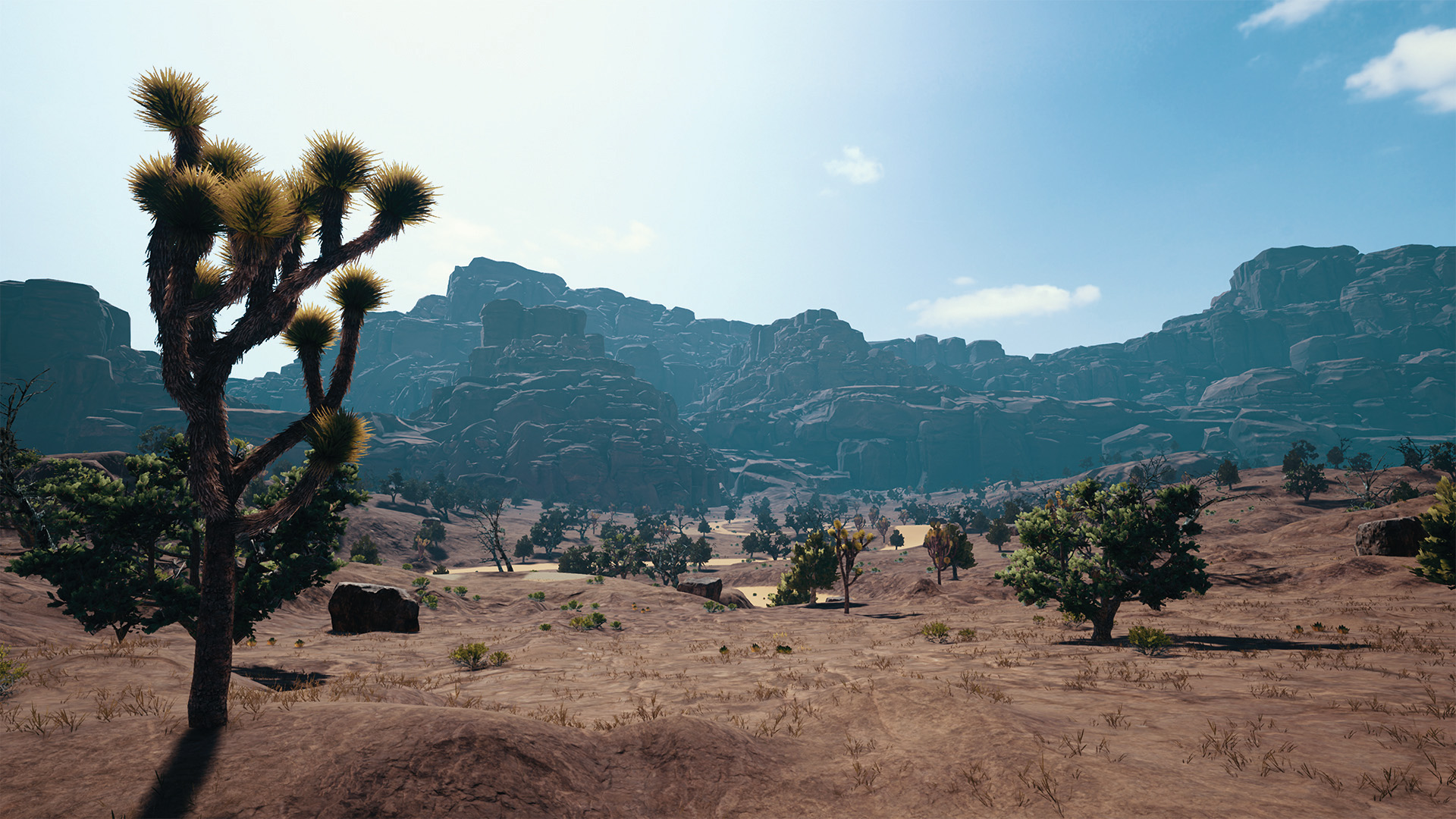
And, while the Erangel map features matches set during different times of the day, PUBG players may get to see something a bit more extreme in the desert: nighttime.
"Another thing we're testing is when it's dark, it's not really dark-dark, it's not like in the middle of the night or midnight, but it's dark enough so it feels a bit different, so we're going to test it. We don't know if we're going to roll it out, but we're seeing how things are with lighting."
With the new map and vaulting in PUBG's near future, Bluehole is also looking further down the line for features like mod support (which won't arrive until "next year, at this stage", according to Greene), and of course the formation of the new Bluehole subsidiary to manage "development and global business opportunities" for Battlegrounds. I ask about the new company, though I'm not told much about what it might mean for the future of Battlegrounds. In fact, during my visit, it sounds like they haven't settled on a name yet—all CH will say is that ‘PUBG' will probably be in the title (the day after I leave South Korea, it's announced as PUBG Corp).
Greene doesn't have a lot to say about the subsidiary, either. "That's all bizdev," he tells me, though a moment later he grows more excited. "Like, I've heard that we're the PUBG company. And that's awesome. It's like, you know, my fucking name's in a company, like, what the fuck?"

Chris started playing PC games in the 1980s, started writing about them in the early 2000s, and (finally) started getting paid to write about them in the late 2000s. Following a few years as a regular freelancer, PC Gamer hired him in 2014, probably so he'd stop emailing them asking for more work. Chris has a love-hate relationship with survival games and an unhealthy fascination with the inner lives of NPCs. He's also a fan of offbeat simulation games, mods, and ignoring storylines in RPGs so he can make up his own.

